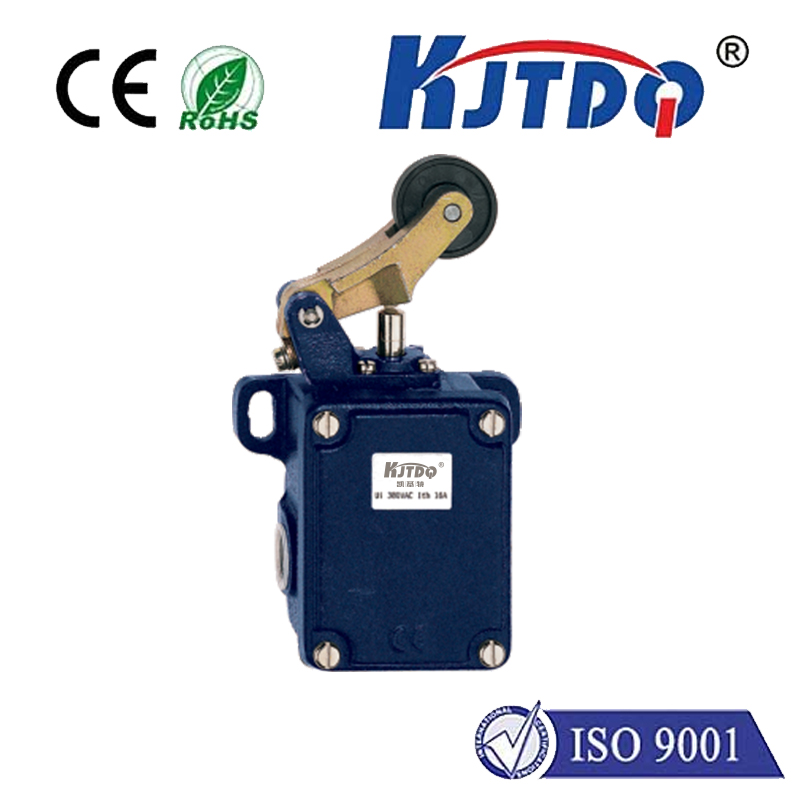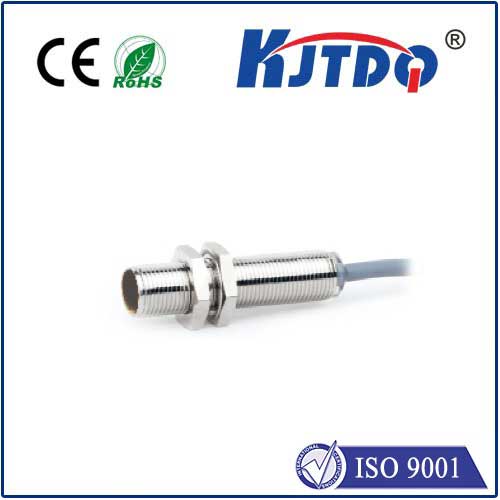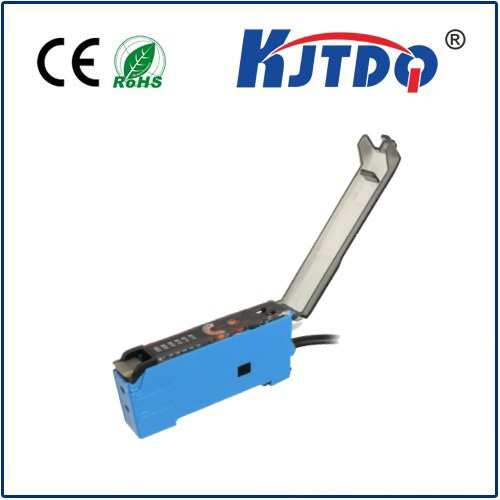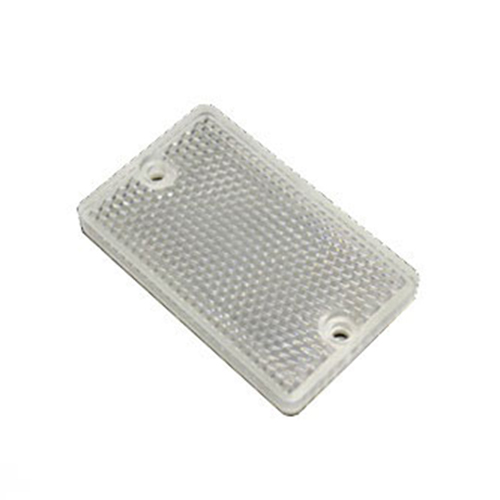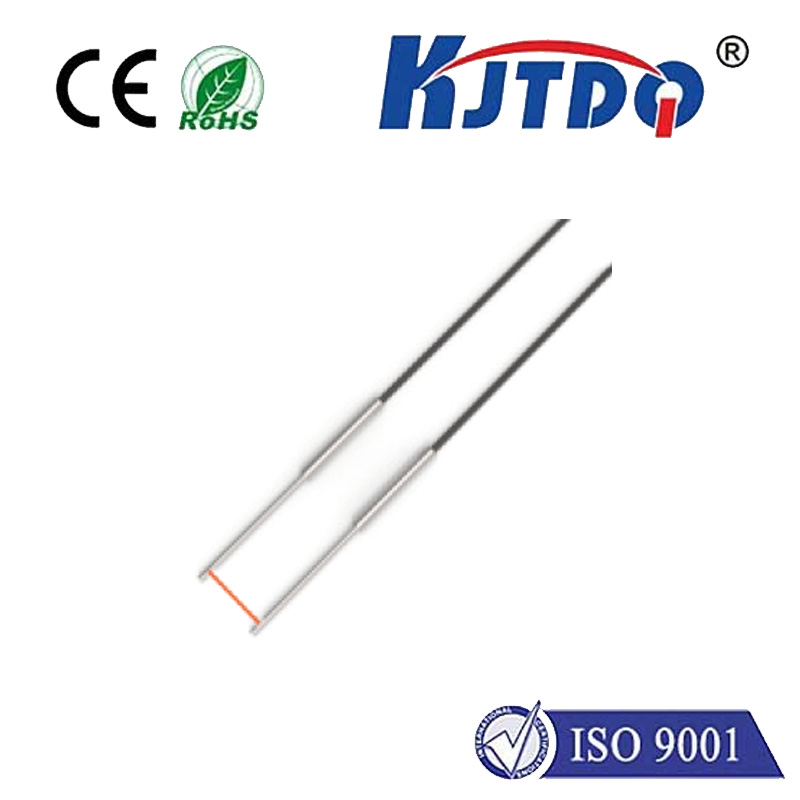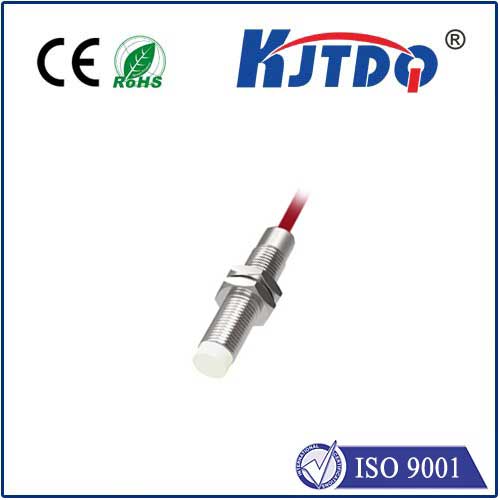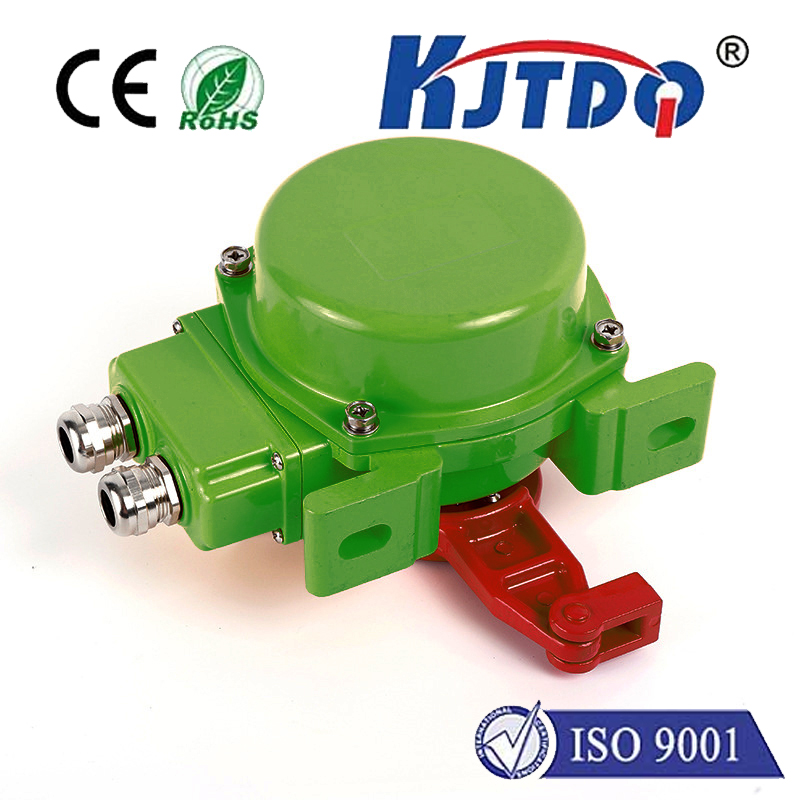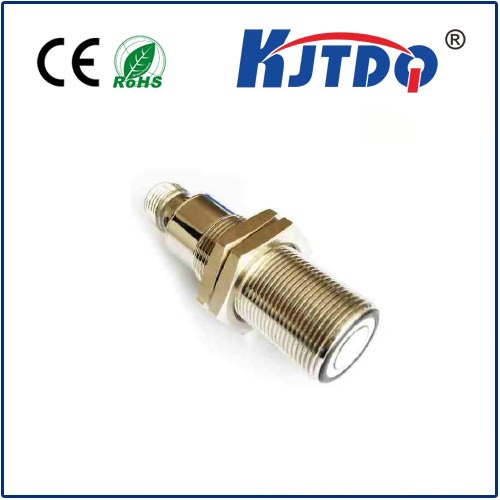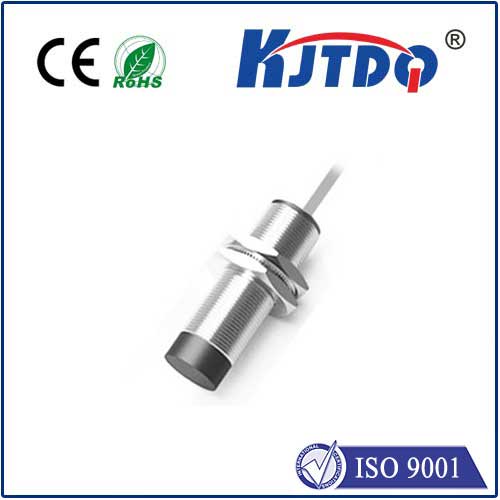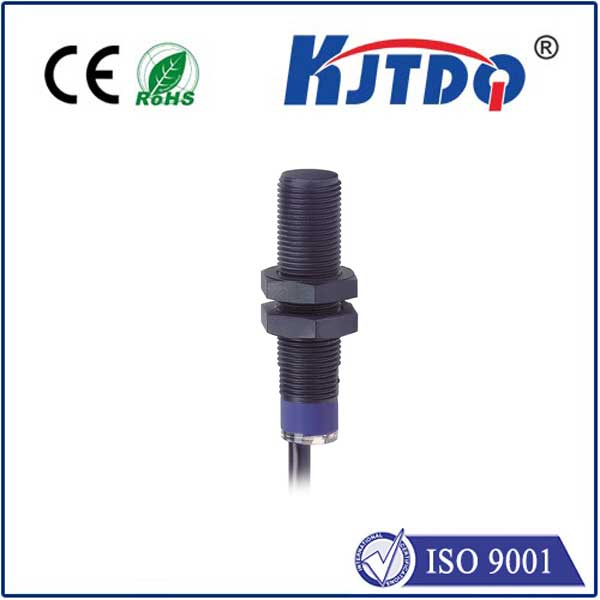
Проверка

Проверка

Проверка

Проверка

Проверка

Проверка
Unlocking the Power of Optical Sensors: Revolutionizing Modern Technology
Imagine your smartphone instantly dimming its screen as you step into a dark room, or a factory robot flawlessly assembling tiny components without a single error. These everyday wonders aren’t magic—they’re powered by optical sensors, a cutting-edge technology that’s quietly reshaping our lives. Opto-sensors, as they’re often called, harness the principles of light and optics to detect, measure, and interact with the world around us. From industrial automation to consumer gadgets, their ability to provide non-contact, high-precision sensing makes them indispensable in the digital age. In this guide, we’ll dive into how these devices work, their diverse applications, and why they’ve become a cornerstone of innovation. You’ll discover why understanding optical sensors isn’t just for engineers—it’s key to grasping the future of smart technology.

At its core, an optical sensor operates by converting light into an electrical signal, allowing it to detect changes in intensity, color, or position. This process relies on fundamental physics, such as the photoelectric effect, where photons of light interact with semiconductor materials to generate a measurable current. For instance, in a photodiode—one of the simplest optical sensors—light striking the device creates electrons that flow as voltage, translating visual information into actionable data. This mechanism is what enables non-invasive monitoring, meaning sensors can operate without physical contact, reducing wear and tear while enhancing accuracy. Modern optical sensors often integrate advanced optics like lenses and filters to refine detection, overcoming limitations such as ambient light interference or distance issues. As a result, they offer unparalleled reliability in diverse environments, from dusty factory floors to sterile medical labs.
The versatility of optical sensors stems from their adaptability across various types and configurations. Common categories include phototransistors, which amplify light signals for greater sensitivity, and photoelectric sensors that excel in proximity and presence detection. Take, for example, infrared optical sensors: they’re widely used in motion detectors, leveraging IR light to sense movement without visible cues. This non-contact approach minimizes false alarms in security systems. Similarly, color sensors analyze light wavelengths to identify hues, enabling accuracy in applications like quality control for printed materials or sorting recycled plastics. Another key variant is the opto-reflective sensor, which bounces light off a target to determine position or distance—think of how it powers automatic doors or robotic arms in manufacturing. By integrating these types, optical sensors create a scalable toolkit that adapts to challenges from micro-electronics to large-scale infrastructure.
One of the standout advantages of optical sensors is their seamless integration into industrial automation. In factories, they drive efficiency by enabling real-time monitoring of assembly lines, detecting minute flaws in products or ensuring precise alignment of components. This reduces downtime and boosts productivity, with industries like automotive and electronics reporting significant cost savings. Beyond manufacturing, optical sensors are crucial in consumer electronics, such as smartphones that use ambient light sensors to adjust display brightness, conserving battery life. In healthcare, they underpin devices like pulse oximeters, where infrared light detects oxygen levels in blood non-invasively, saving lives during surgeries. The automotive sector also benefits immensely: optical sensors in self-driving cars scan surroundings with LiDAR technology, creating 3D maps for safe navigation. Each application highlights their core benefits: high precision, reliability, and energy efficiency, all achieved through minimal physical intervention. This makes them more sustainable than mechanical alternatives, aligning with global pushes for greener tech solutions.
Despite their sophistication, optical sensors face challenges that spur innovation. Issues like signal interference from bright environments require smart designs, such as modulated light systems that filter out noise. Emerging trends, including miniaturization and AI integration, are tackling this—think of tiny optical sensors in wearable health monitors that track vitals continuously. As IoT devices proliferate, the demand for affordable, robust sensors is soaring, positioning optical technology as a driving force in the sensor market. Industries are increasingly adopting them for predictive maintenance, where sensors detect wear before failures occur. Ultimately, this evolution underscores the transformative power of optical sensors: they’re not just tools but enablers of smarter, more responsive systems, paving the way for breakthroughs in automation, sustainability, and beyond.
